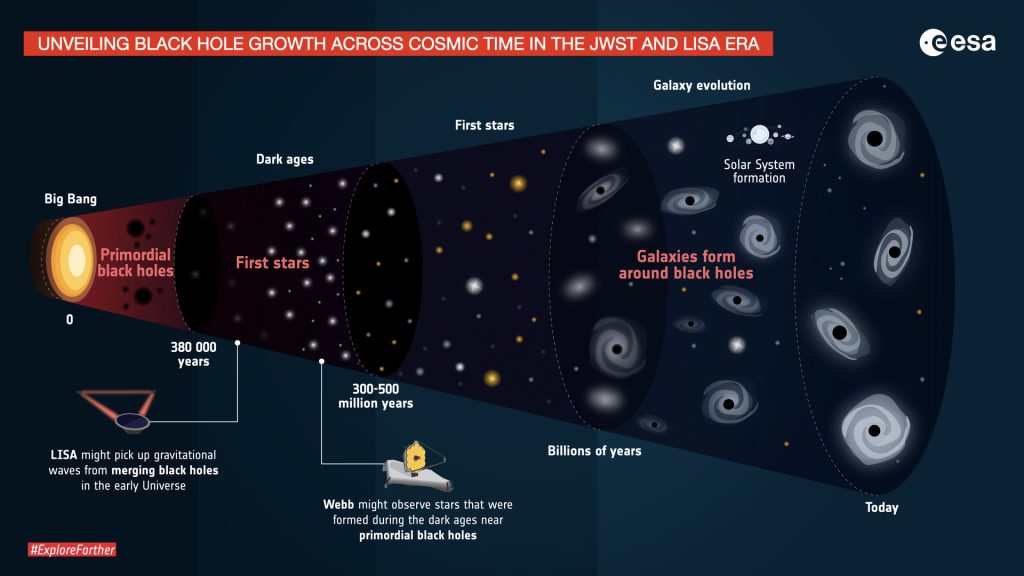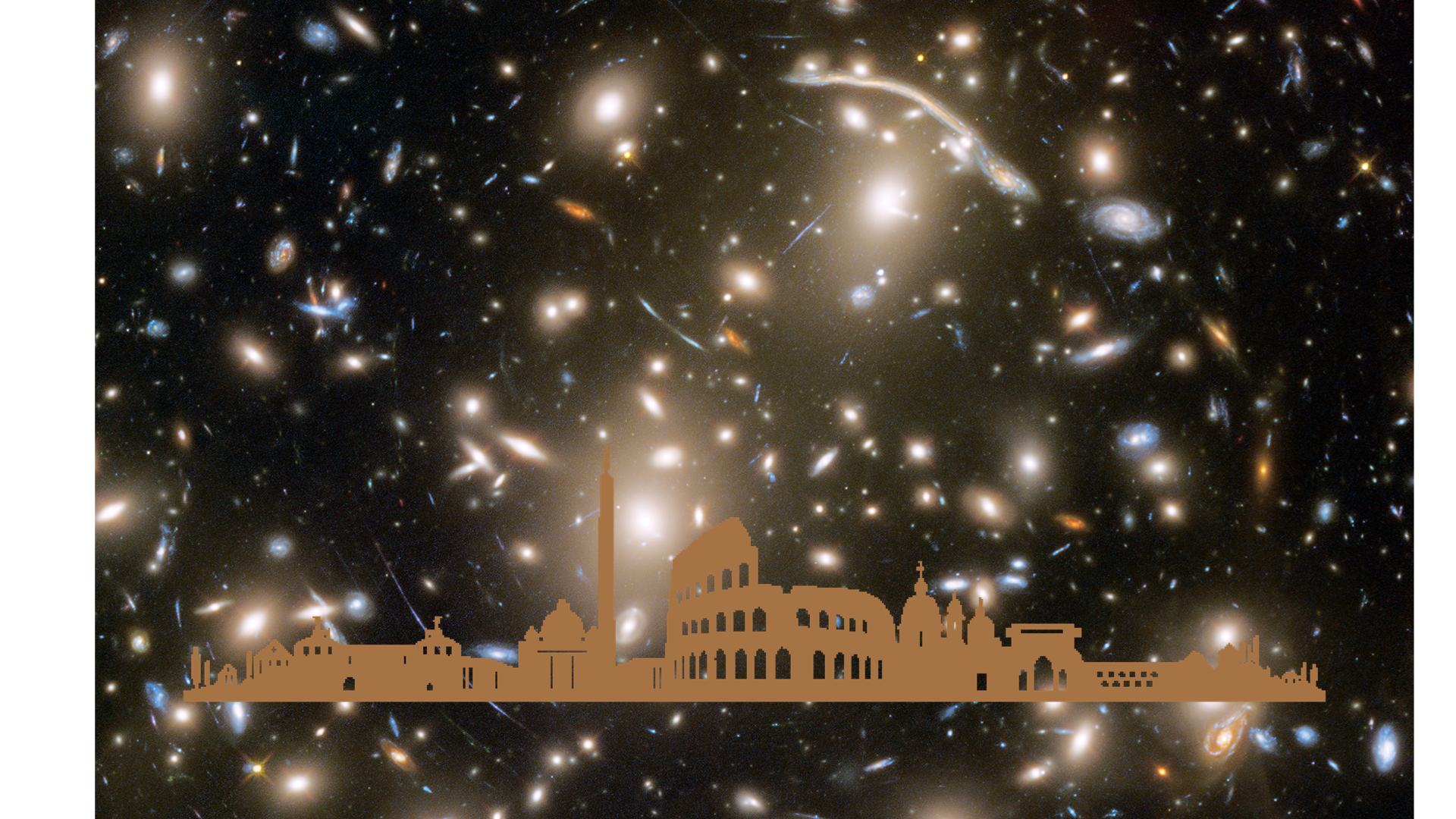
https://eas.unige.ch/EAS2024/session.jsp?id=S1
Over the past two decades, observations have established samples of hundreds of luminous quasars, powered by accretion onto massive black holes, in the first billion years of the Universe. The James Webb Space Telescope (JWST) has significantly revised this sample by yielding unexpectedly numerous black holes with masses in the range of a few to a hundred million solar masses, within the first few hundred million years after the Big Bang, posing enormous challenges for black hole and galaxy formation models. On the other side of the redshift ladder, in the nearby Universe, JWST and ALMA are revealing the complex interplay of black hole accretion with their circumnuclear and galactic environment. Additionally, current and upcoming novel observations of stars torn apart by black holes? tides (a.k.a. Tidal Disruption Events, TDEs) by ZTF (Zwicky Transient Factory), the VRO/LSST and ULTRASAT hold promise to shedding light on the formation of massive black holes by uniquely expanding our knowledge of the scarcely populated low-mass end (less than one million solar masses) of the black hole mass function. Finally, massive black hole binaries (MBHBs) are sources of the gravitational waves (GWs) and naturally explain the stochastic GW background recently discovered by Pulsar Timing Arrays (PTAs). They will be detected by the Laser Interferometer Space Antenna (LISA) over the next decades, promising to directly reveal massive black holes with masses between 10 thousand and 10 million solar masses, virtually anywhere in the Universe.
Straddling the fields of cosmology, galaxy formation and black hole astrophysics, our symposium aims at bringing together communities working on different tracers of massive black hole formation and evolution, such as AGN, TDEs and MBHBs, both from the theoretical and observational standpoint, exploring and discussing constraints both in the local and distant Universe. The goals of the symposium are to discuss i) how the most recent observations can help establish a coherent picture of early black hole formation and their evolution through cosmic time, assess ii) what big and/or new questions remain open, and iii) how to address them with a combination of new theoretical developments and upcoming data.
By reviewing and discussing the most recent observational results, theoretical models and simulations, the symposium will provide a global perspective of how black hole formation, feeding and feedback happen in galaxies across cosmic time.
Image copyright: European Space Agency – ESA.
